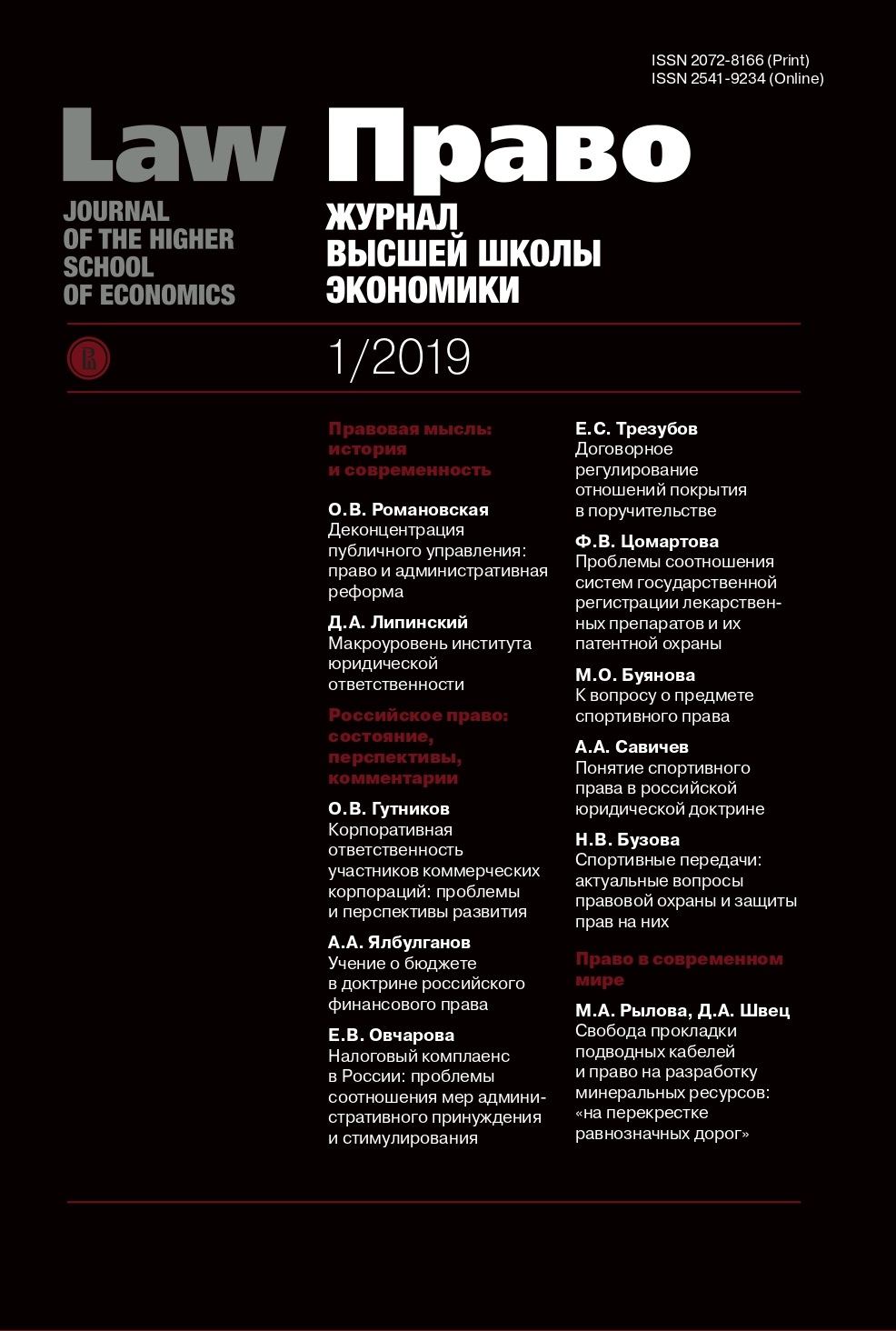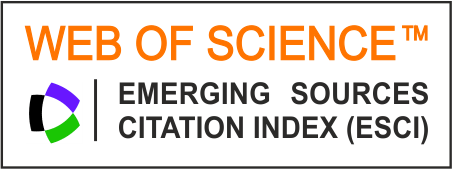Налоговый комплаенс в России: проблемы соотношения мер административного принуждения и стимулирования
Ключевые слова:
налоговый комплаенс, предупредительные меры, превенция, риск-ориентированный подход, налоговые риски, управление налоговыми рисками, налоговый контроль, стимулирующие меры
Аннотация
Статья посвящена рассмотрению налогового комплаенса как системы превенции нарушений налогового законодательства, с одной стороны, и оценки налоговых рисков с управлением ими, с другой. Такой подход к налоговому комплаенсу позволяет рассмотреть как подходы к оценке налоговых рисков налоговых органов, направленные на обнаружение нарушений налогового законодательства, так и налогоплательщиков, целью которых является оптимизация налогообложения законными способами. Налоговый комплаенс исследуется как система и предупредительных, и стимулирующих мер административного принуждения одновременно. Анализ системы этих мер строится с учетом их целей и оснований их применения, способа обеспечения ими правопорядка и содержания данных мер. Это позволило автору выявить недостатки как в правовом регулировании, так и в практике применения рассматриваемых мер административного принуждения за нарушения налогового законодательства, выработать и предложить в статье способы решения указанных проблем. В статье сделан вывод о ненадлежащих организационно-правовых гарантиях реализации правового статуса налогоплательщика, налогового агента, кредитной организации из-за отсутствия определенного в налоговом законодательстве и закрытого, т.е. исчерпывающего перечня налоговых рисков и критериев их оценки. Вывод основан на системном правовом исследовании механизма правового регулирования налогового контроля, особенностей его организации, структуры и правового статуса органов налогового контроля в России. Предупредительные меры налогового комплаенса рассматриваются как часть системы мер административного принуждения в комплексе с пресекательными, обеспечительными, карательными и восстановительными мерами административного принуждения, которые применяются за нарушение налогового законодательства. При этом в статье положительно для совершенствования налогового комплаенса оцениваются перспективы перехода от вертикальных к горизонтальным налоговым правоотношениям, т.е. широкого внедрения налогового мониторинга как метода контроля и постепенного отказа от налоговых проверок по мере повышения эффективности риск-ориентированного подхода в налоговом контроле. Однако все это возможно только при внедрении концепции правозаконности в механизм правового регулирования налогового контроля, предполагающей реализацию в правовом регулировании и в правоприменительной практике всех конституционных принципов налогообложения и сборов.Для цитирования: Овчарова Е.В. Налоговый комплаенс в России: проблемы соотношения мер административного принуждения и стимулирования // Право. Журнал Высшей школы экономики. 2019. № 1. С. 89–111. УДК: 349 DOI: 10.17-323/2072-8166.2019.1.89.11
Опубликован
2019-03-07
Как цитировать
ОвчароваЕ. (2019). Налоговый комплаенс в России: проблемы соотношения мер административного принуждения и стимулирования. Право. Журнал Высшей школы экономики, (1), 89-111. https://doi.org/10.17323/2072-8166.2019.1.89.111
Выпуск
Раздел
Российское право: состояние, перспективы, комментарии


















